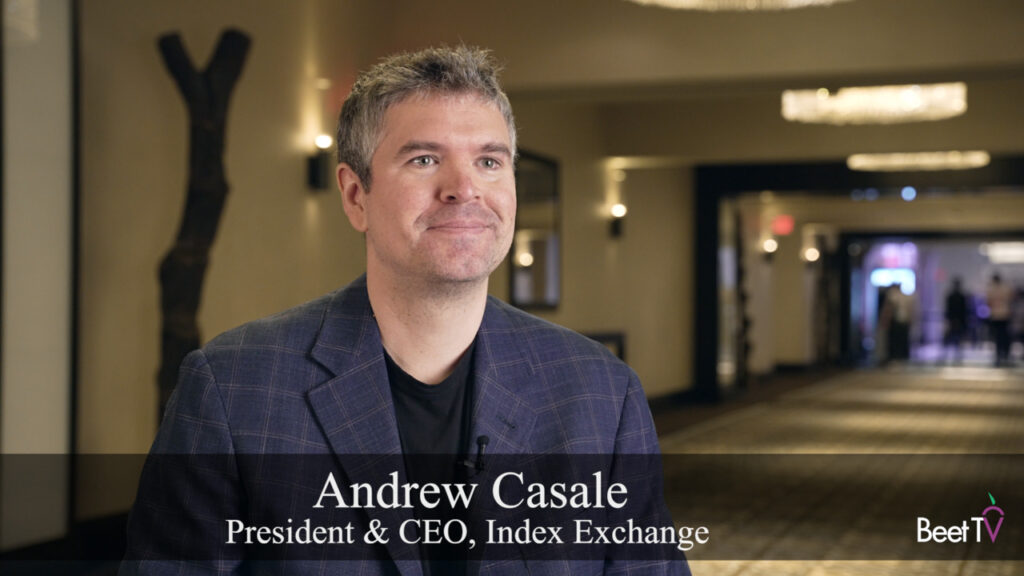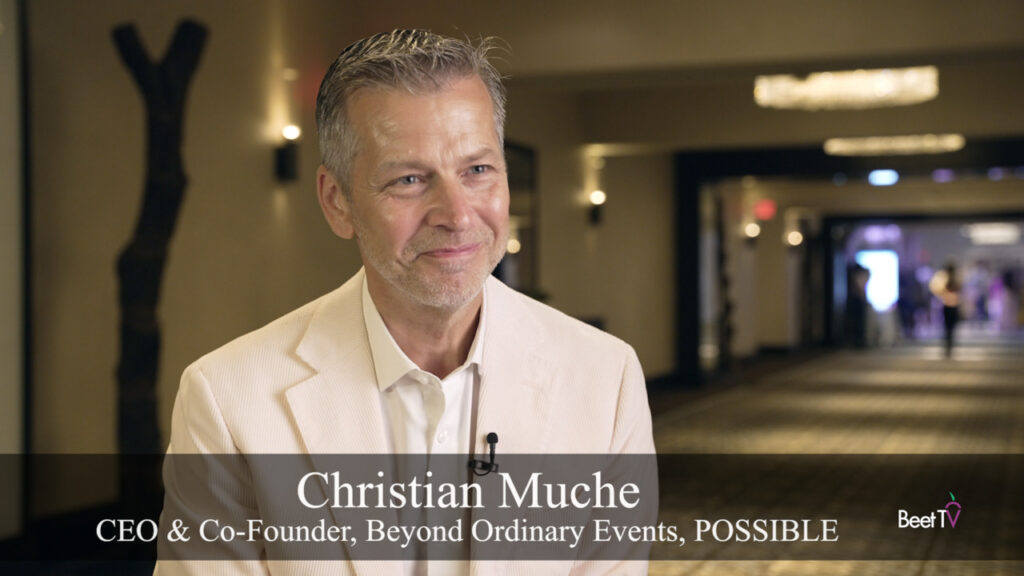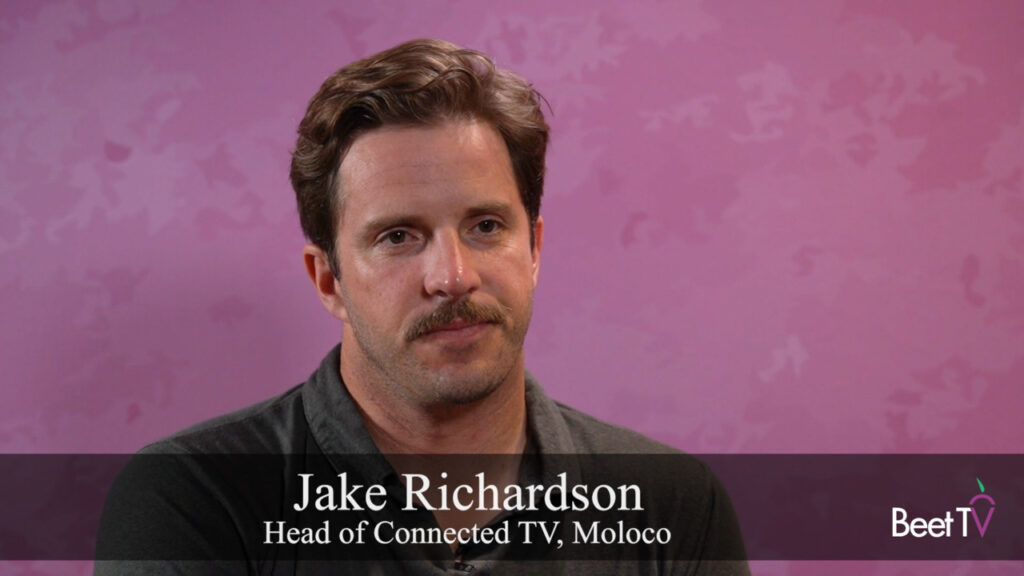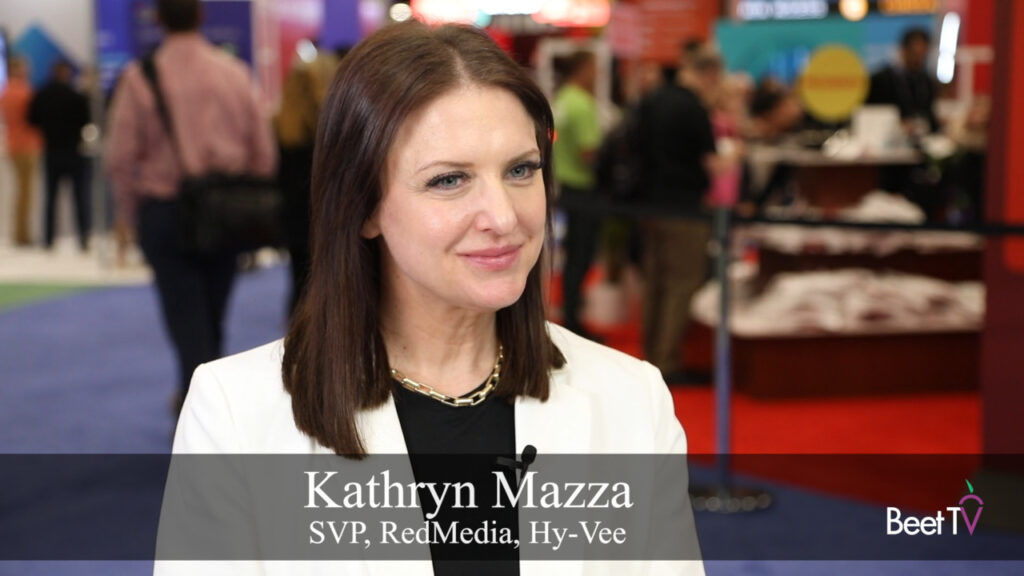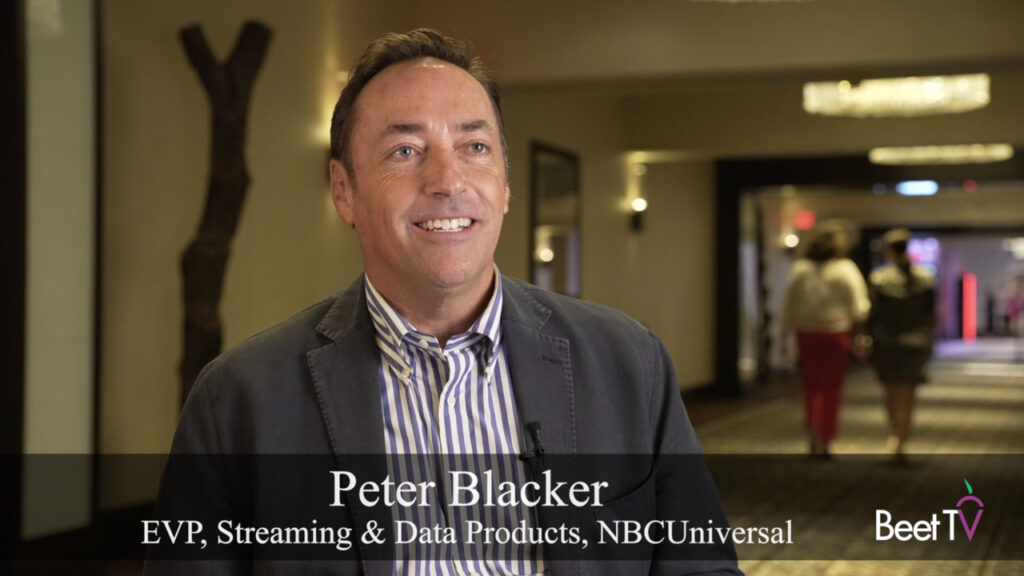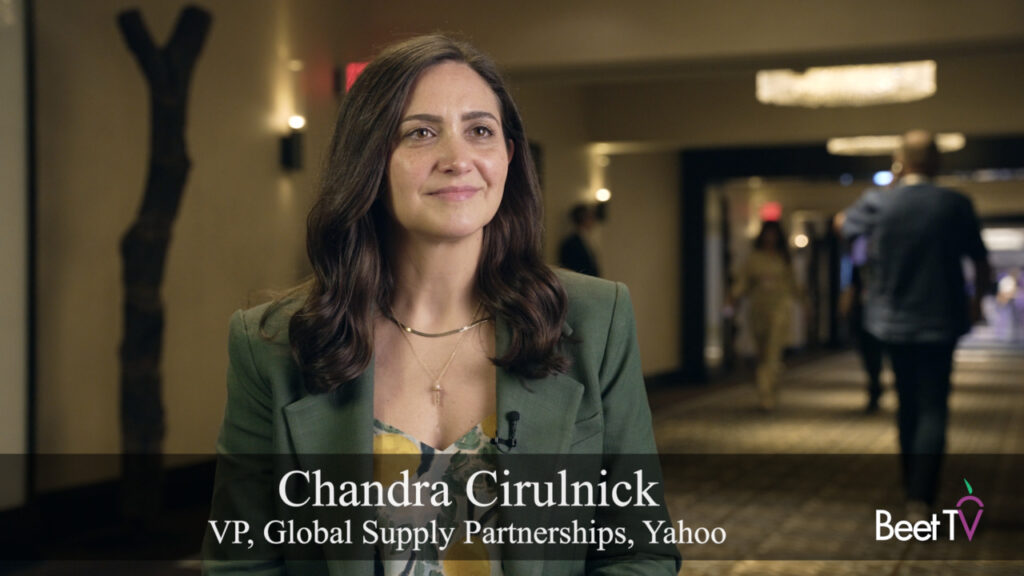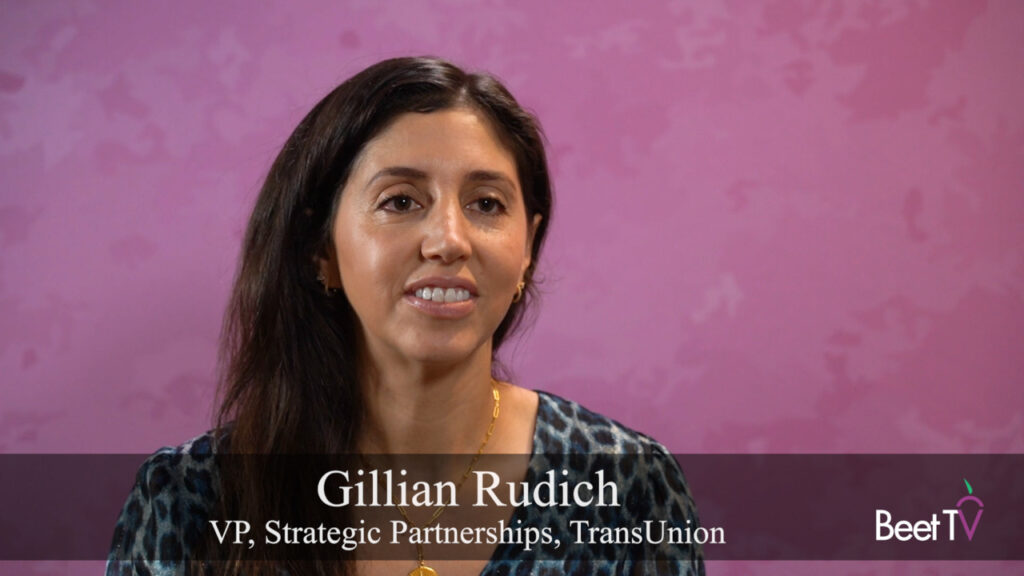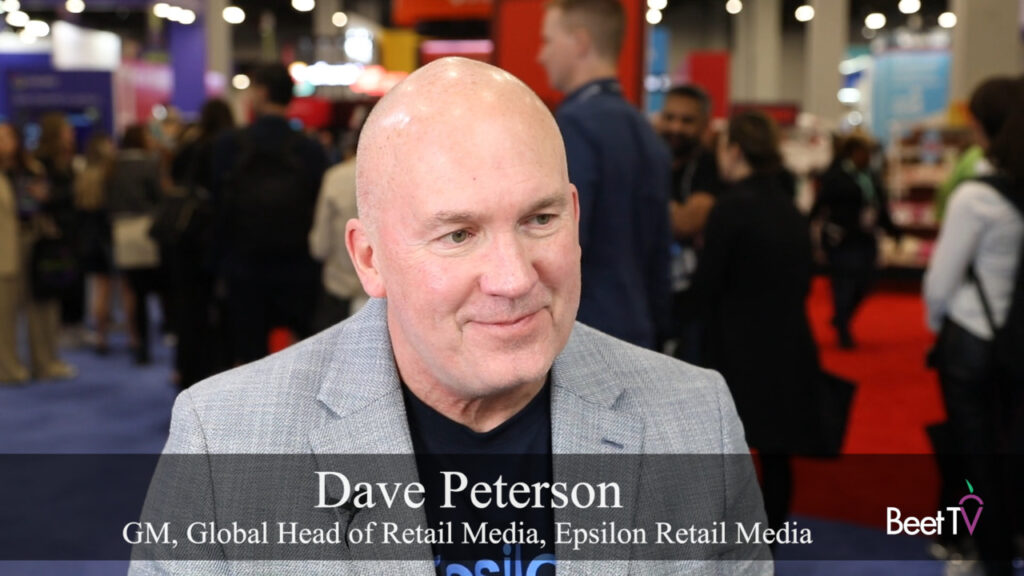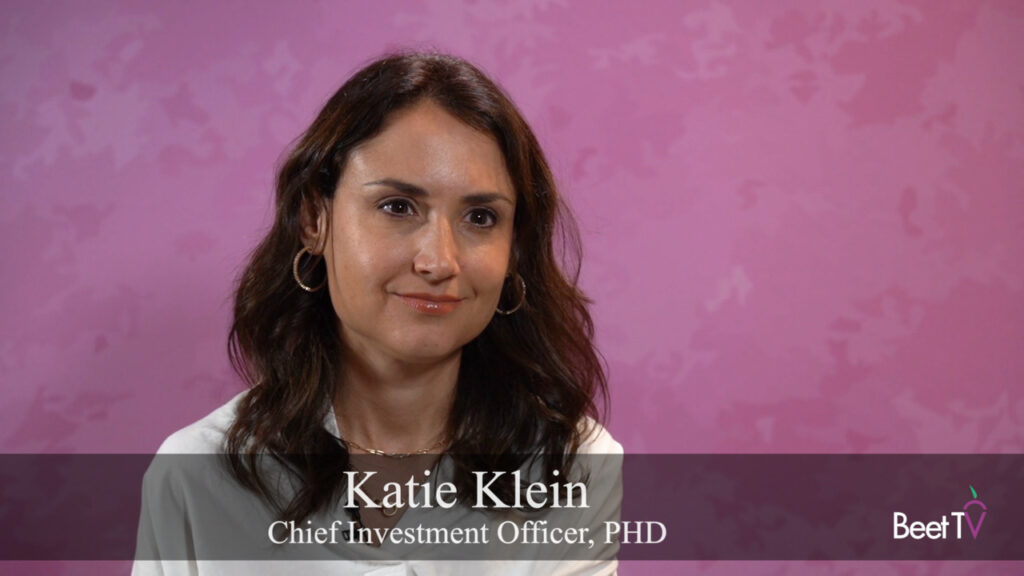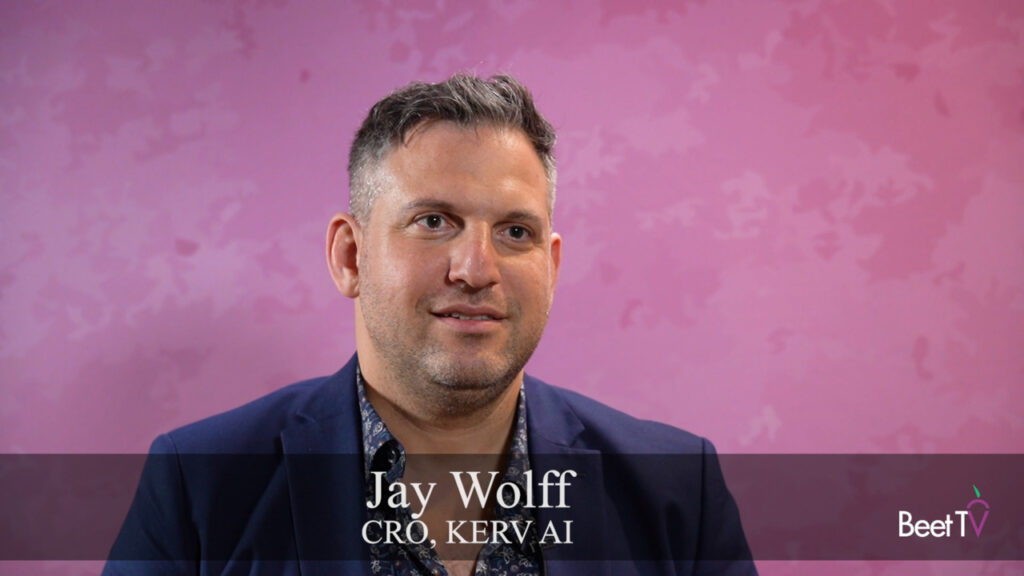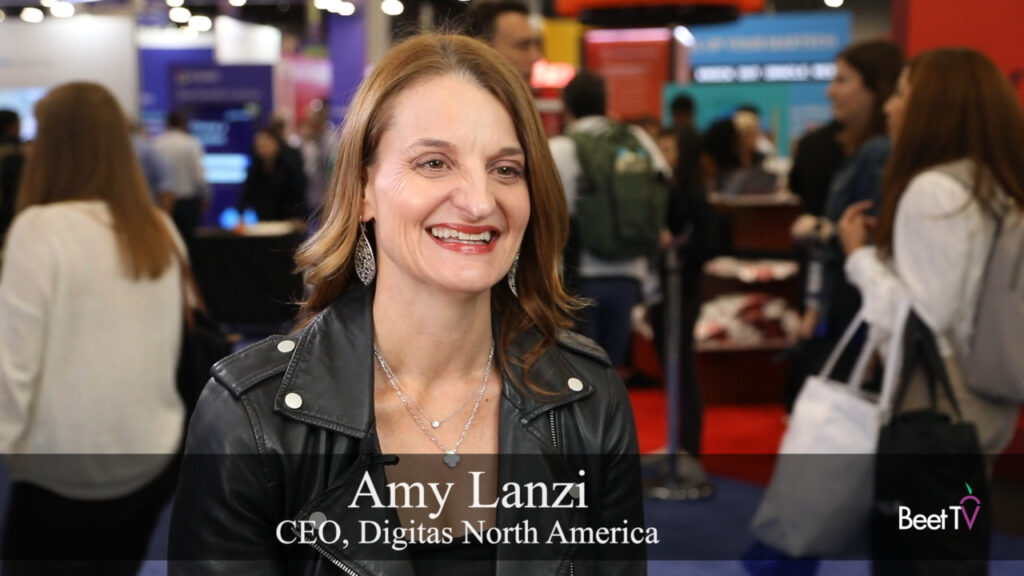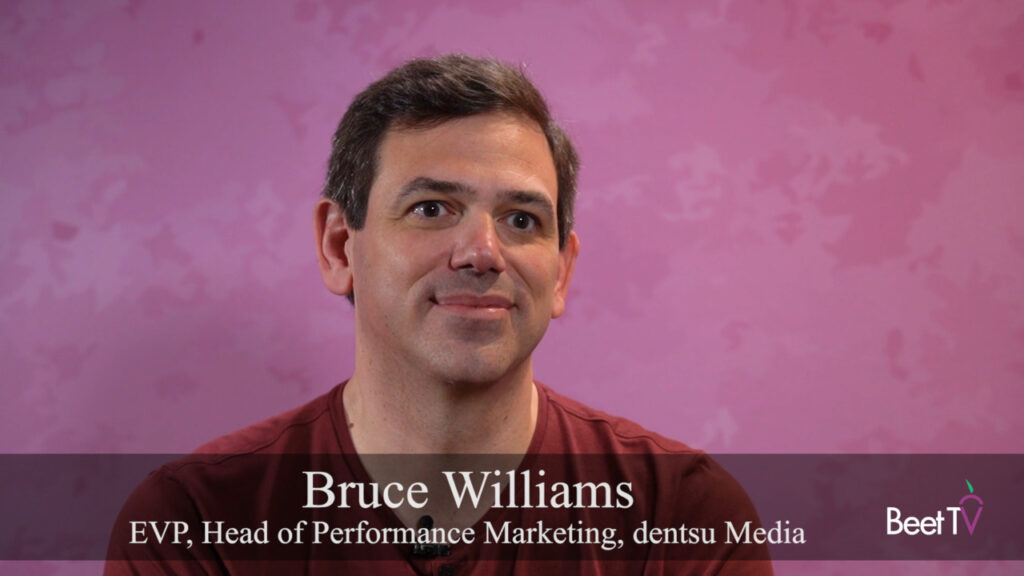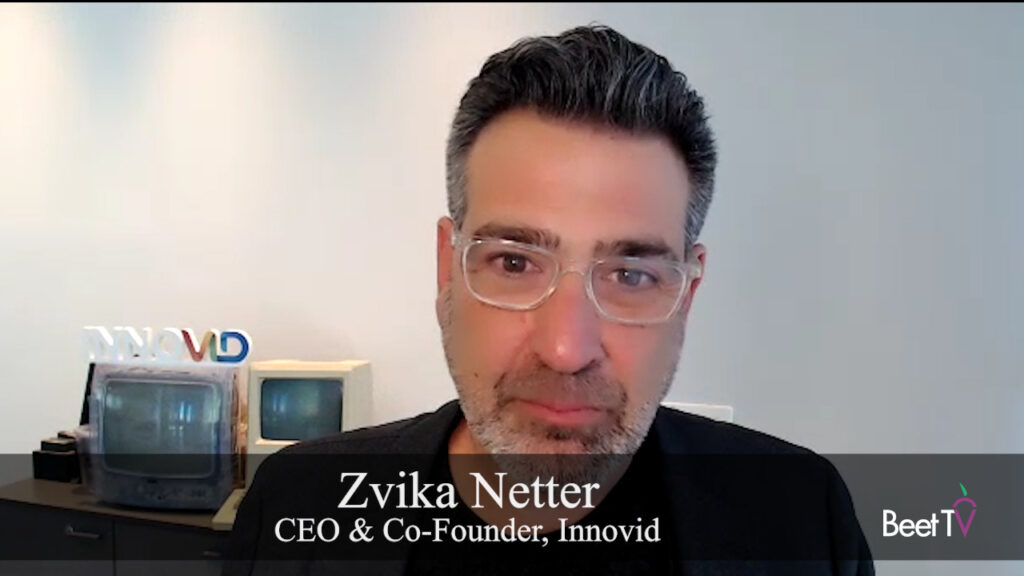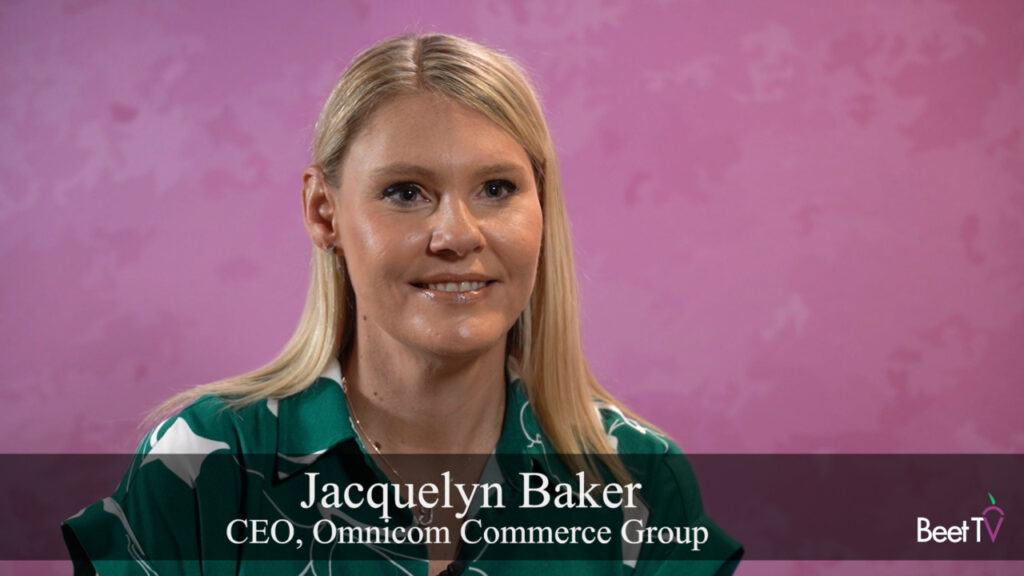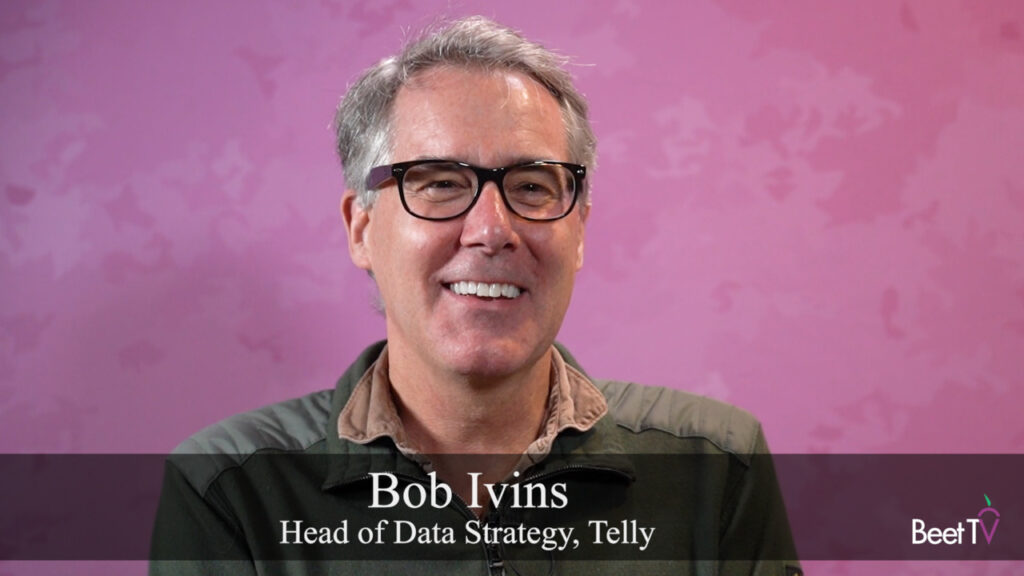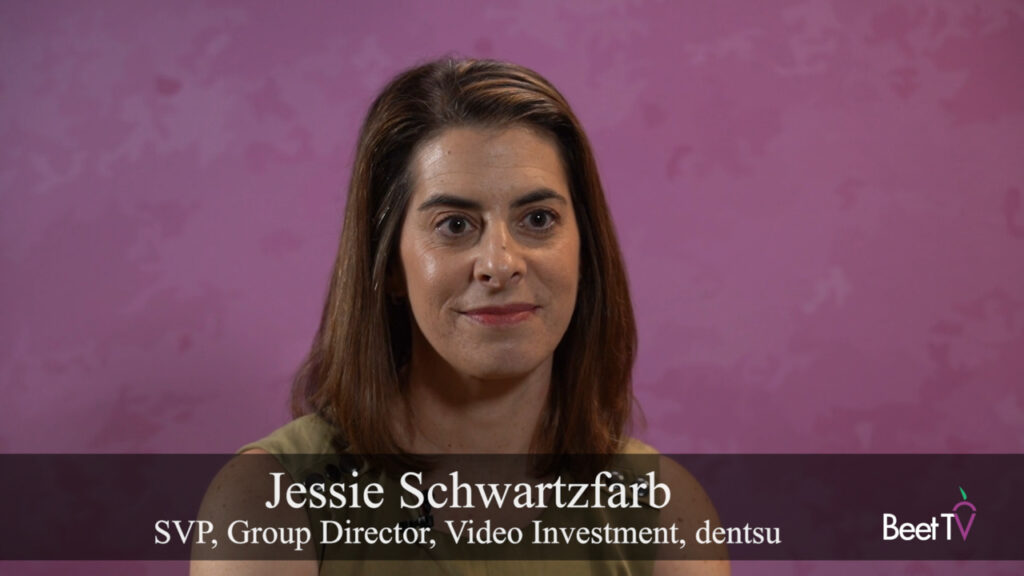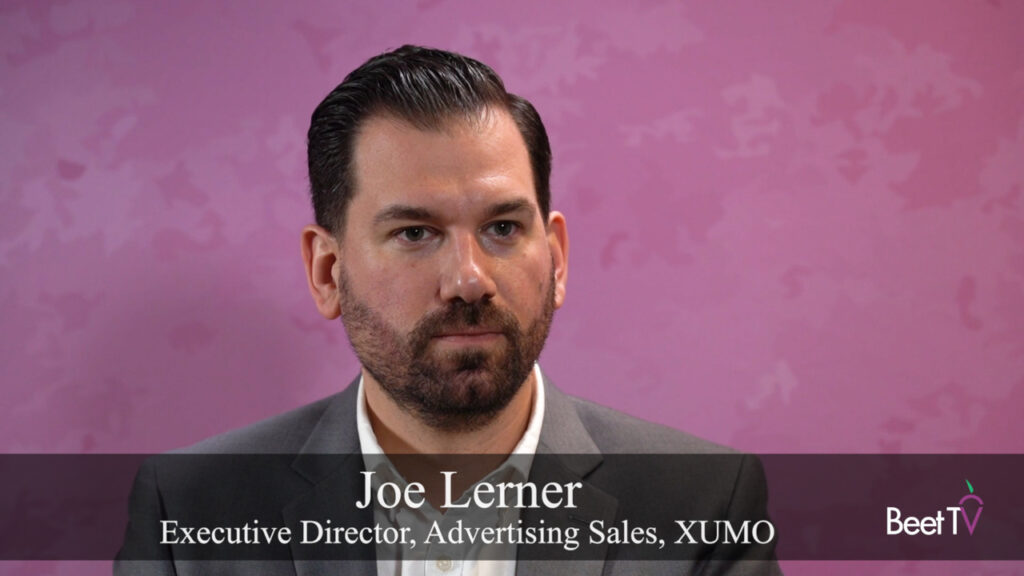Sports programming is an important anchor for advertisers in reaching audiences, not only when fans watch their favorite teams, but also when they consume other kinds of content. Reaching them takes an audience-based approach — and that become much more apparent last year when the pandemic capsized the sports calendar.
“What we’ve found is that sports viewing hasn’t decreased. In fact, the opposite has been true,” James Rooke, general manager of Effectv, the advertising sales division of Comcast Cable, said. “The sports audience didn’t go away when COVID hit and sports programming went away — it just shifted.”
Soon after the coronavirus was declared a pandemic in March, many professional and college sports leagues suspended operations and organizers of the Summer Olympics — typically a billion-dollar bonanza in televised sports marketing — announced the games would be delayed for a year. Soon after sports resumed in the summer, fans were overwhelmed with an abundance of competing games.
Speaking to Sean Cunningham, president and CEO of video advertising trade group VAB, Rooke said he had observed a variety of changes in viewing behaviors because of the pandemic, including a willingness of hardcore fans to be flexible, giving advertisers more ways to reach them.
“The sports ‘super fans’ tend to move and watch other sports when their core, No. 1 sport isn’t on TV,” Rooke said. “Fifty-five percent of really heavy sports viewers typically watch three or more sports on a consistent basis.”
Among the findings, fans of professional baseball tend to also enjoy watching hockey, golf and college basketball. First-party data about viewership, which Effectv gathers from set-top boxes, help to track those audiences across different sports programming.
“What’s really critical is being able to start with first-party, deterministic data to drive those types of insights out,” Rooke said. “Against the backdrop of shifting schedules in sports, advertisers can continue to follow their audience despite those changes.”
Audience-First Over Content-First
Sports programming is a major draw on linear TV, giving advertisers a broad platform for mass campaigns. However, the pandemic sped up a longer-term shift in viewing habits that have made audience-based targeting an even bigger priority than contextual, content-first strategies. Consumers are spending their time among a broader variety of media channels — a shift that won’t reverse.
“There’s no going back,” Rooke said. “We’ve seen such a major shift since COVID started toward audience-based buying.”
The change isn’t isolated to sports.
“What happened with sports in our country was really the catalyst more broadly for a shift in the media industry to more audience-based executions,” Rooke said. “That will get accelerated further as viewing continues to fragment against more distribution channels. An advertiser needs the ability to execute, not just across where viewing is taking place on linear television distribution channels, but also across streaming.”
Amid the fragmentation, omnichannel buying strategies deliver better performance for marketers, Effectv found in a study last year.
“We were able to demonstrate that on average campaigns that aired on more networks had double the reach compared to those that executed on less than 10 networks, regardless of spend level,” Rooke said.
The shift in viewing habits also has led the video advertising marketplace, which encompasses linear TV and newer streaming platforms as households connect TVs to the internet, to come to grips with growing competition from tech giants that have powerful targeting tools.
Media buying requires an audience-based and multiscreen approach as consumers watch video a broader variety of devices. However, the TV media marketplace is still divided between among more traditional approaches to measuring reach and newer audience-based strategies in advanced TV.
“Television overall has to simplify how it is bought if we’re going to move toward an audience-based execution. Then, segment definition becomes one of many execution priorities,” Rooke said.
You are watching “Live Sports 2021: What’s Next on TV,” a Beet.TV + VAB leadership video series presented by Effectv, a Comcast company. For more videos, please visit this page.





















